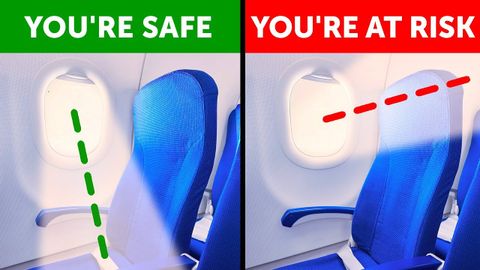パイロットが乗客として飛んでいる間に気づく11の重要な詳細 (11 Important Details Pilots Notice While Flying As Passengers)
林宜悉 が 2021 年 01 月 14 日 に投稿  この条件に一致する単語はありません
この条件に一致する単語はありませんUS /ɪgˈzædʒəreɪt/
・
UK /ɪgˈzædʒəreɪt/
US /ruˈtin/
・
UK /ru:ˈti:n/
- adj.日課の;繰り返しの;決まりきった
- n. (c./u.)日課 : 習慣となっているもの;芝居;単調;手順
US /ɪkˈspɪriəns/
・
UK /ɪk'spɪərɪəns/
- n. (c.)経験;経験;経験;体験
- n. (c./u.)経験;職務経験
- v.t./i.経験する
エネルギーを使用
すべての単語を解除
発音・解説・フィルター機能を解除

